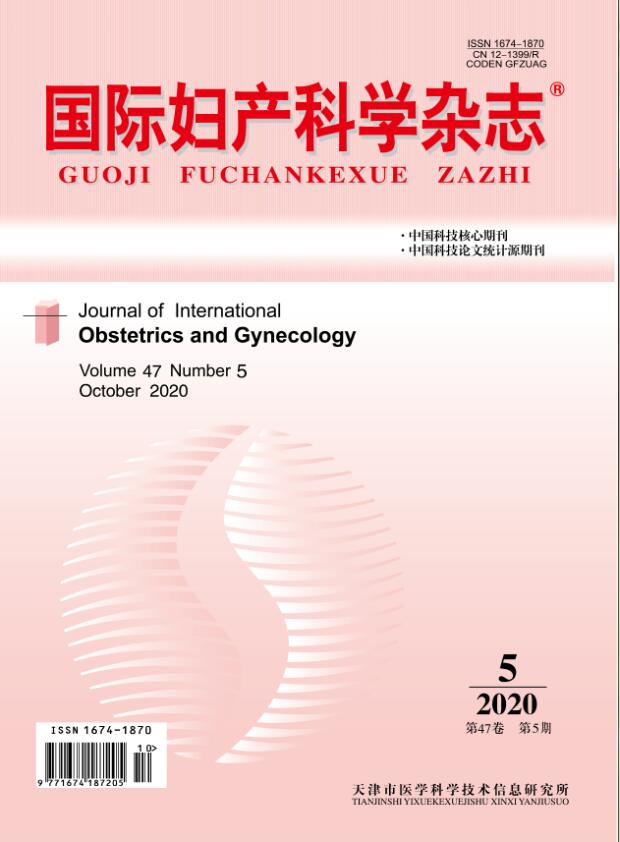Firstly,we sum up some key issues on the occurrence, the development, the invasion and the metastasis research of epithelial tumors, and the way of the expression of COX-2 and zinc finger transcription factor Snail protein in the development of epithelial tumors and its regulatory aspects. Then the paper preliminarily explores the signal significance of cyclooxygenase-signaling pathway(COX-PGEs-dependent pathway) in epithelial ovarian cancer invasion and metastasis: the high expression of COX-2 in the occurrence and development of ovarian cancer can lead to increased levels of prostaglandin E, consequently increasing the zinc-finger transcription factor Snail protein expression, while the binding of Snail protein and E-cadherin promoter effect on the E-Box element inhibits E-cadherin transcription, because E-cadherin reduction as a cell adhesion molecule may promote tumor cell invasion and metastasis potential. Lastly the paper reviews the COX-signal channels and invasive behavior of malignant tumor cells, the mechanism of influence, and the zinc-finger transcription factor Snail as the invasive and metastatic potential of ovarian cancer marker protein.

